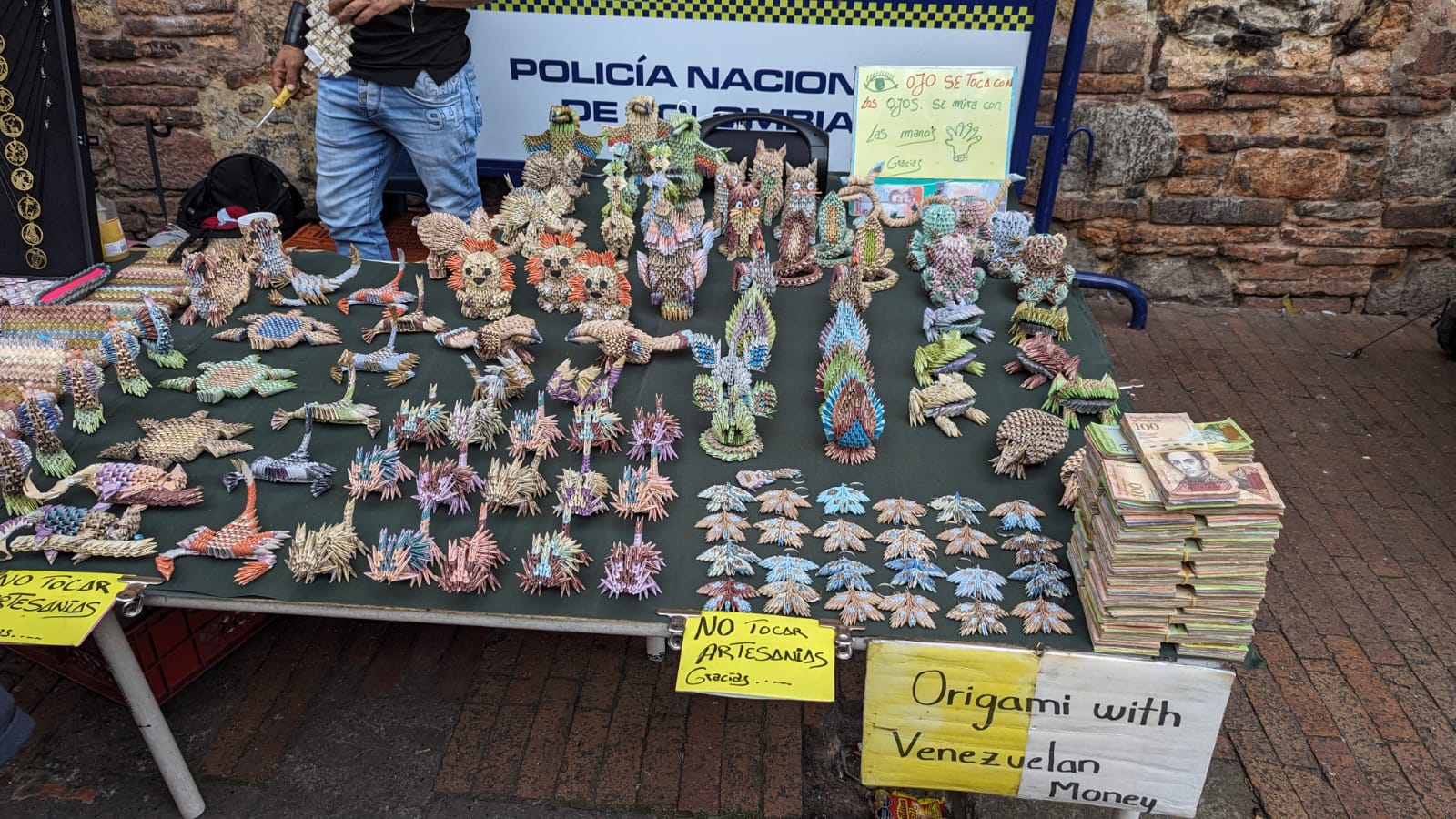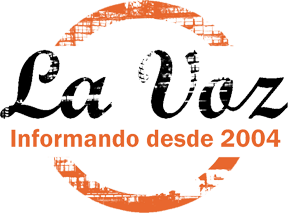
Usos y costumbres
Art with an Obsolete Currency
Por Andrés Pérez Rangel
October 2025One day, you pay for a seat on public transportation with a banknote. Days later, a new series of bills is issued nationwide, making that bill obsolete. Venezuela has redenominated its currency three times since the beginning of this century, meaning this phenomenon has affected every bill and coin printed before 2021. What to do with so much paper? Many Venezuelans found the answer in the world of art and recycling.
Beyond its decayed monetary value, the Venezuelan currency has always been characterized by its beautiful design and striking colors: the perfect material for all kinds of crafts. From wallets to handbags, origami to sculptures, art with Venezuelan banknotes has become popular both inside and outside the country—a story of transformation from a devalued currency into resilient art.
During the second half of the 20th century, the exchange rate of the Bolívar to the U.S. dollar remained stable between 3.5 and 4.5 bolívares. By December 2000, the rate had reached about 700 bolívares per dollar. This phenomenon, caused by an endless list of economic factors tied to government transfers and heavy dependence on the international oil market, increased exponentially until 2008, when the use of cash became unsustainable. At that point, the dollar stabilized at 2,150 bolívares, and purchasing or paying for any service in cash required a thick bundle of banknotes, even in the highest denomination.
This situation, seen on every bus, in every bank, and every bakery, led to a measure not uncommon for the Central Bank of Venezuela: a currency redenomination. On January 1, 2008, the so-called Bolívar Fuerte was introduced in ATMs across the country, with each Bolívar Fuerte worth 1,000 old bolívares. While this made cash transactions easier at first, removing zeros from the currency offered no real economic advantage beyond disguising inflation. Only a few years later, in 2018, another redenomination was necessary—this time called the Bolívar Soberano, at a rate of 100,000 Bolívares Fuertes per Bolívar Soberano. Then, repeating the cycle, the current Bolívar Digital was introduced, worth one million Bolívares Soberanos.
In every Venezuelan household, a drawer remained filled with three kinds of old, worthless banknotes. This paper, perhaps with the same symbolic value as Monopoly money or as a souvenir of bygone times, largely ended up in trash bins across the country. This absurd type of modern pollution led Venezuelans to seek ways to recycle all this paper. The bills themselves had an appealing design to which people were attached. Both the Bolívares Fuertes and Soberanos featured drawings of historical figures such as Simón Bolívar and Guaicaipuro, native animals, historic landmarks, and even hidden shapes revealed when folding the bills’ edges—soft, simple colors, with different tones distinguishing one series from the other. All this, combined with the paper’s good condition due to each series’ short circulation, made them well suited for reuse.
Venezuelans in plazas throughout the country, as well as in Colombia, began using the old bolívares to make a wide variety of accessories and artworks, either by painting on them or folding them into small pieces to form intricate patterns. During my stay in Bogotá in 2021, I saw several of these street stalls where Venezuelans shared a piece of their history, transformed into something purer and more delightful. Wallets made from 2, 5, and 20 Bolívares Fuertes, lightweight, waterproof, and beautifully designed, sat alongside figurines crafted from folded banknote triangles into statues of birds, frogs, cats, and puppets. Beyond their price as handicrafts, their artistic value reflects the transformation of inflation into aesthetics, and of poverty into beauty.
COPYRIGHT 2025
La Voz, Cultura y noticias hispanas del Valle de Hudson
Comments | |
| Sorry, there are no comments at this time. |

